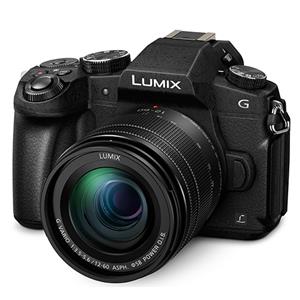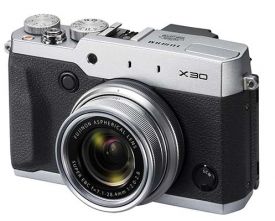This is a post about cameras again. Anyone with no interest in photography is advised to read no further.
About six years ago, I bought a second-hand digital camera. I had been using a long-zoom digital ‘bridge’camera for a while, but I was still shooting film on a full-frame camera, when I wanted to take ‘serious’ pictures. I realised that I could no longer justify the expense of processing and prints, and it was getting increasingly harder to find a reliable company to do the work properly.
After some research, I decided to get a Fuji S5, like the one pictured above. It is what used to be referred to as a ‘clone’, as the body is that of a Nikon D200, which Fuji bought in. They then replaced the processor, and altered the configuration of the buttons and features, leaving the buyer with a solid Nikon exterior and a very different camera underneath the shell. As it retains the Nikon lens mount, I also bought a short standard zoom to fit on it. To be honest, the camera was almost too over-specified. I could hardly understand the user manual, and the confusing array of menu options left me scratching my head at times.
I managed to get it set up in the most basic shooting format, and then started to learn about the ‘crop factor’ that applies to APS-C sensors in the DX format, as opposed to the full-frame film cameras that I had been used to. They lose around a third of the focal length, so the lens that would have been known to me as a 28-80MM, was marked as an 18-55. I bought a spare battery, a U/V filter to protect the lens element, and a 4 GB Compact Flash memory card, which was huge compared to the tiny Xd card I had in the previous Olympus. This new Fuji weighed a ton, was built like a battleship, and really looked like it meant business. When it was released here in 2007, it cost £1,000 just for the body, a price to match the build quality. Fortunately, I had paid less than half that, including a brand new lens.
As soon as I began to use it, I was a happy man indeed. The well-known Fuji colour rendition was immediately apparent in my results, and the weighty beast ensured steady shooting, especially as the lens was also stabilised by the addition of the new Nikon VR system. I carried it around happily, sometimes using the small built-in flash to good effect in daylight fill-in, as well as purchasing a large Nikon accessory flash too, though that was rarely used. I had the desirable ‘one camera-one lens’ set up at long last, with a weather sealed body built to last.
But then I stopped taking it out. The large size necessitated using a decent camera bag to lug it around in, and having it around your neck on a strap for long periods proved to be irritating and uncomfortable. The appearance of this photographic dreadnought in a crowd would make people think I was very serious indeed, and they started to ask me to take all the photos. Others would joke that I thought I was “like David Bailey or something”, and it was impossible to blend in with such a monster clamped to your face. And I always had to keep an eye on it, and wonder where I had left the camera bag, instead of enjoying the occasion, like everyone else.
Eventually, I used it less and less. It went back into its bag, and didn’t see the light of day. I had decided to invest in something lighter, potentially pocketable, (in a big pocket…) and with a slightly longer zoom, as the 80 MM (equiv) on the Nikon kit zoom was always not quite long enough. So I bought the small and lightweight Fuji X-30, which I have written about before in this blog. I started to take a lot of photos again, many of which have been posted here. More importantly, I took the camera out more, often just dropped into a shoulder bag, or stuffed into a large coat pocket. And I experimented with the settings, encouraged by a more intuitive menu system. I was happy again.
But the smaller Fuji only has a 2/3 sensor. This is some six times smaller than the APS-C sensor in the larger SLR, and as a result picture quality does suffer. This is an acceptable trade-off for the easy to carry size and feature-packed small body most of the time, but that big brother lying dormant in the camera bag was often at the back of my mind.
So I decided to exhume it today. I dusted it off, and charged both the dead batteries. I installed the unwieldy compact flash memory card, and read some reviews and instructional pages to refresh my memory of what went where, and how this or that worked. But I had forgotten just how vast the setup menu is. There are literally over one hundred possibilities of how to set up the different functions on this camera, and that’s even ignoring the menus for using the internal flash. So now the camera is looking as good as new, fully charged, and ready to go. But it is going to be a while until I get my head around the menu functions, and have it ready to actually fire the shutter.
The next time you see any photos on this blog, they will have been taken with my old camera, freed from its enforced exile in the depths of a camera bag. Time will tell if they are any better.





